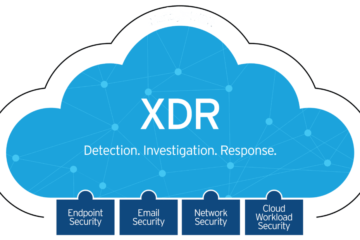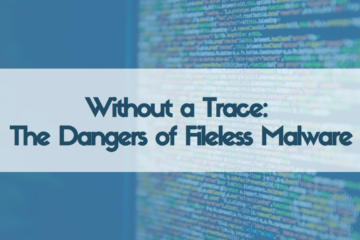Hey there! Let’s dive into the world of EDR (Endpoint Detection and Response). EDR solutions are like security superheroes for your devices – whether it’s your trusty laptop, mobile phone, or any other device connected to the network. They work tirelessly to detect and thwart potential cyber threats before they can cause harm. With EDR technology, you can keep a watchful eye on all your endpoints, analyze threats, and quickly respond to any security breaches.

EDR technologies are like vigilant guards that keep a close watch on your endpoints, ready to spring into action at the first sign of trouble. A robust EDR solution should offer features like data exploration, threat hunting, detection of suspicious behavior, forensic investigation tools, alert prioritization, and response mechanisms to fortify your defenses against cyber attacks.
EDR VS EPP
For added protection, consider pairing EDR with an Endpoint Protection Platform (EPP) solution. While EPP focuses on preventing malware and malicious activities, EDR takes a proactive approach to detect and respond to threats swiftly. Together, EDR and EPP form a formidable team to safeguard your network and endpoints. Let’s delve deeper into the realm of EDR.
Understanding EDR – How Does EDR Work?
Let’s unravel the mystery behind EDR security solutions. These tools keep a close watch on endpoint activities, giving security teams the insights they need to uncover hidden threats. A real-time EDR solution should provide continuous visibility into endpoint activities, enabling you to stay one step ahead of cyber adversaries.
An effective EDR solution should offer advanced threat detection, investigation capabilities, incident data search, alert triage, attack detection, and containment of malicious activities.
Key components of Understanding EDR security
EDR security acts as a central hub for collecting and analyzing endpoint data, correlating events, and orchestrating responses to imminent threats. To grasp the essence of EDR, it’s essential to understand the three core components:
Endpoint data collection agents- These software agents monitor endpoints, gather crucial data, and store it in a central database, tracking processes, connections, activity volumes, and data transfers.
Automatic response- Pre-configured rules in an EDR solution can trigger automatic responses when detecting known security breaches, such as logging off users or alerting designated staff members.
Analysis and EDR forensics- An EDR system includes real-time analytics for rapid threat diagnosis and forensics capabilities for threat hunting and post-attack analysis.
- A real-time analytics engine sifts through vast amounts of data to identify patterns and correlations.
- EDR Forensics tools empower IT security professionals to delve into past breaches, understand attack methodologies, and uncover hidden threats lurking on endpoints.
What Should You Look for in an EDR Solution?
Understanding the significance of EDR security can guide you in selecting the right solution. Look for features like a robust threat database, behavioral protection, intelligence integration, rapid response capabilities, and a cloud-based framework for seamless endpoint security.
Understanding EDR Conclusion – Why EDR is Important?
Embracing EDR for endpoint security empowers defenders to shield vulnerable endpoints without disrupting organizational workflows. Explore Open EDR, a free and open-source endpoint detection and response system that offers top-notch security capabilities.
OpenEDR® is your go-to solution for advanced endpoint protection. It provides real-time threat detection, incident analysis, and mitigation strategies based on Mitre ATT&CK visibility. Dive deeper into the world of EDR for enhanced security.
Related Resources:
EDR Vendors
FAQ Section
A: EDR leverages behavior analytics, machine learning, threat intelligence, and continuous monitoring to detect suspicious activities and anomalies.
A: While EDR significantly boosts security, it cannot guarantee 100% prevention. Its focus is on early detection, rapid response, and containment of threats.
A: Small businesses handling sensitive data or facing security incidents can enhance their security posture and incident response capabilities with EDR.
A: EDR solutions may seem complex, but they are designed to be user-friendly. They offer intuitive interfaces and support resources for easy navigation.
Choosing an EDR solution involves evaluating factors like threat detection capabilities, integration options, scalability, ease of use, vendor reputation, and conducting thorough assessments.
EDR offers endpoint visibility and security for physical endpoints, virtual machines, containers, and cloud-based endpoints.



